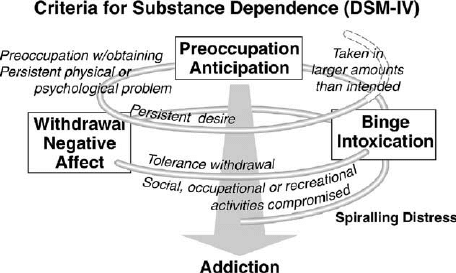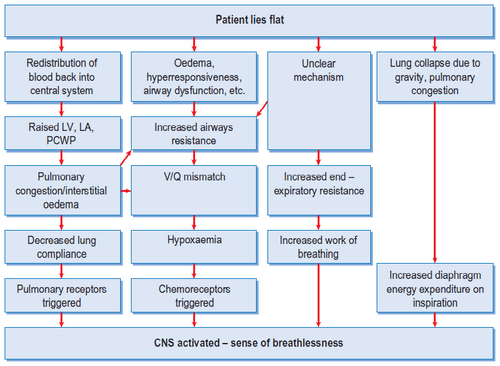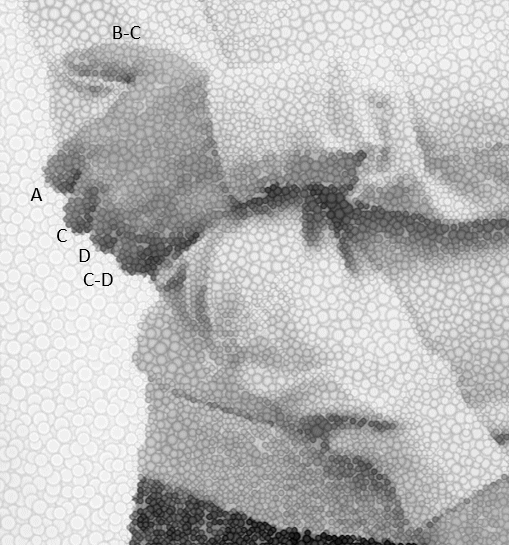Both of these substance use disorders are maladpative patterns of substance use, leading to clinically significant impairment/distress but defined by separate criteria.
Substance abuse
≥1 of the following occurring within a 12 month period:
Mnemonic: 4 Rs
- Role failure: Recurrent use resulting in failure to fulfill role obligation
- Risky behavior: Recurrent use in situations which it is physically hazardous
- Run in with the law: Recurrent substance related legal problems
- Relationship problems: Continued use despite interference with social or interpersonal functioning

Substance dependence
≥3 of the following in same 12 month period:
Mnemonic: WTC
- Withdrawal or use to avoid withdrawal
- Tolerance
- Time wasted in obtaining or using the substance
- Compulsive use in larger amount and longer period than intended
- Control and cut-down efforts unsuccessful
- Continuous use despite consequences (physical and psychological)
- Curtailment in activities of interest
Changes in DSM-V
In DSM-V, the line of distinction between abuse and dependence has been erased and use of single diagnosis as “substance use disorder” has been proposed to remove possible confusion.
Broadly speaking, in DSM-V, following must be met out of 11 criteria:
- Mild: 2-3 symptoms
- Moderate: 4-5 symptoms
- Severe: 6-7 symptoms
The new list of 11 elements is the mixture of 4 “R”s and WTC as mentioned above with some changes:
- Addition: Drug craving
- Removal: Run in with the laws



